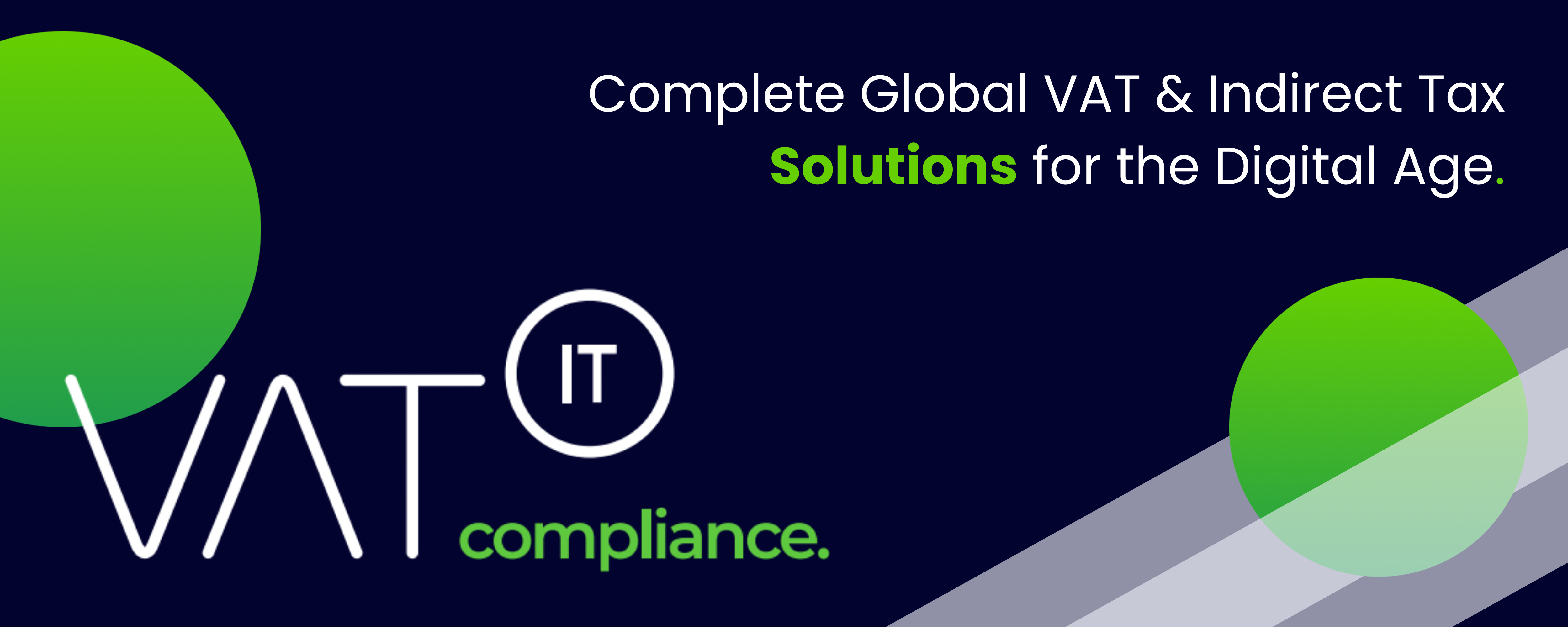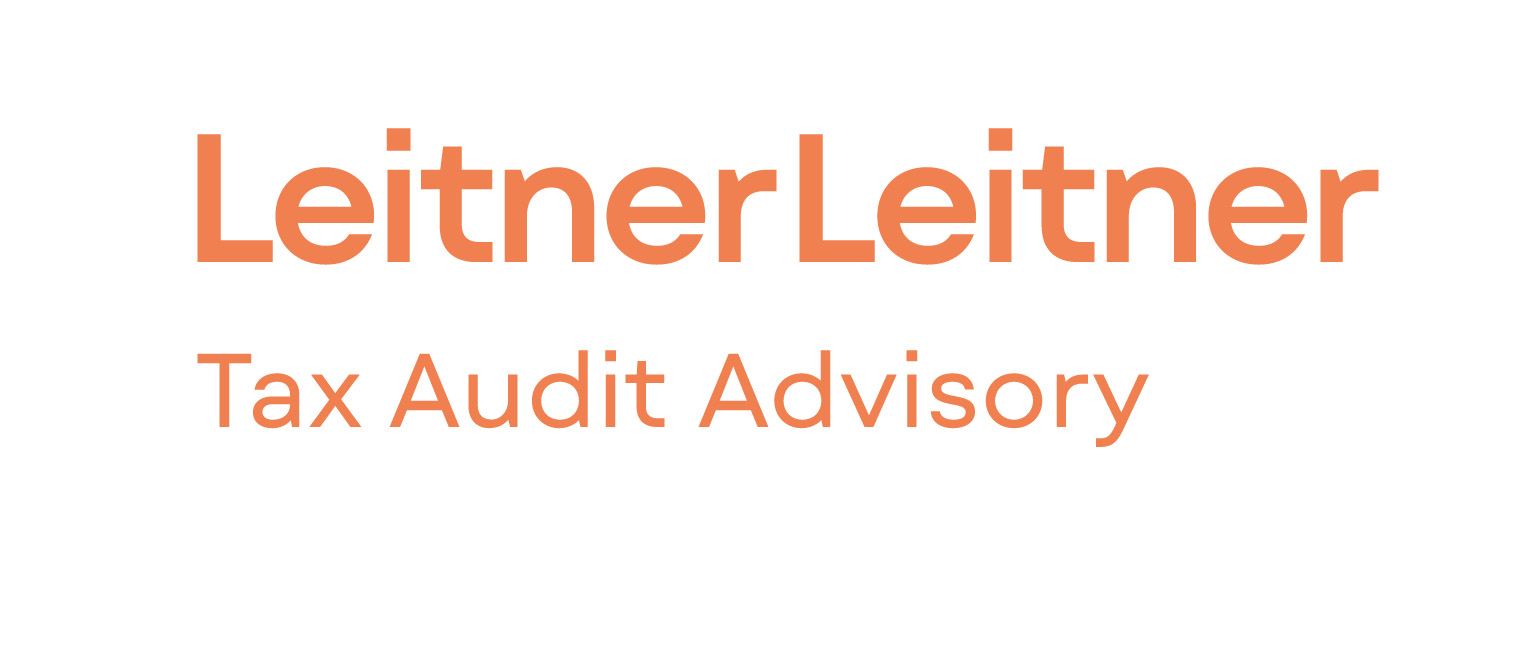B2G e-invoicing in Austria refers to the electronic invoicing of business transactions between private companies and government entities. Here’s how it works:
- Registration: Companies must register with the Austrian government’s e-invoicing platform, which is called “PEPPOL” (Pan-European Public Procurement Online). This platform is used to exchange e-invoices between private companies and public authorities.
- Creating the e-invoice: The invoicing process starts with the creation of an electronic invoice by the supplier (private company). The e-invoice must conform to the legal requirements and technical specifications established by the Austrian government.
- Sending the e-invoice: The e-invoice is then sent to the recipient (government entity) through the PEPPOL platform. The platform automatically converts the e-invoice into the recipient’s preferred format.
- Validation and processing: The recipient’s financial system validates and processes the e-invoice, and a payment order is generated.
- Payment: The payment is then made through the recipient’s financial system.
It’s worth noting that e-invoicing is mandatory for B2G transactions in Austria, meaning that companies are required to use electronic invoices when invoicing government entities. Additionally, e-invoicing is becoming increasingly popular for B2B transactions as well, as it is a more efficient and cost-effective alternative to traditional paper-based invoicing.
See also
Latest Posts in "Austria"
- Comments on ECJ C-794/23 (Finanzamt Österreich) – No VAT Liability for Incorrect Rates Charged to Non-Taxable Consumers
- Tax Implications of Hobby in Castle Leasing and Management Under § 2 Abs 5 Z 2 UStG
- VAT Refund for Foreign Entrepreneurs on Austrian Real Estate Services
- Hobby Horse Breeding and Boarding: Tax Implications and Profitability Assessment Changes
- Input Tax Deduction for Test Vehicles Used Exclusively for Development Purposes














